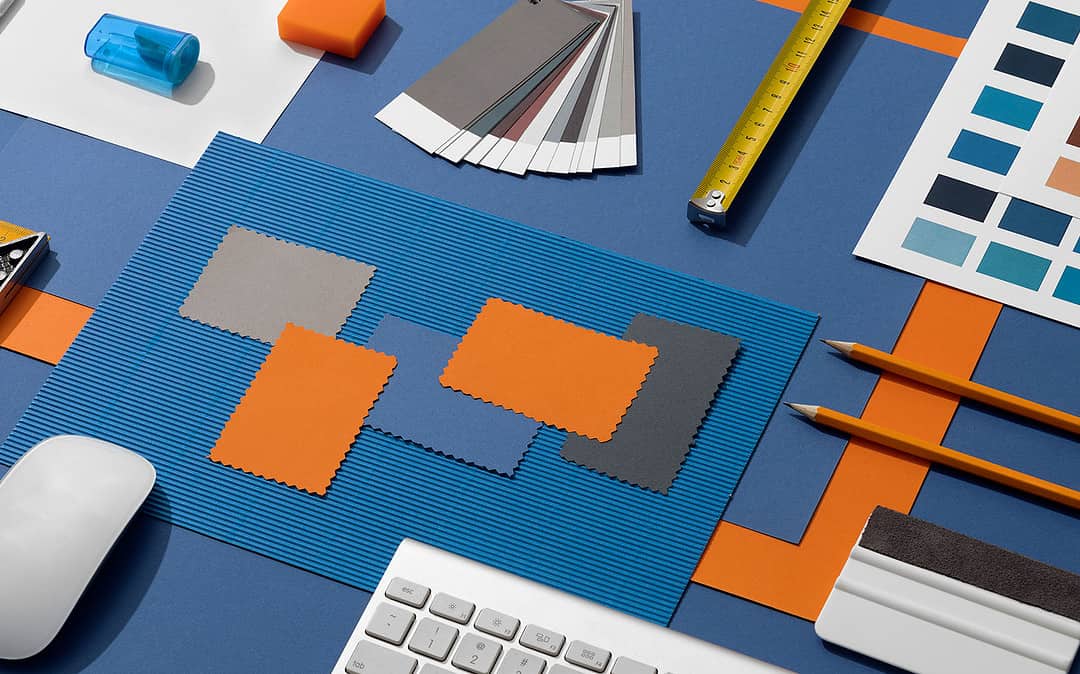When it comes to adorning office desks, conference room doors, or employee lockers, name plates become an essential indicator of not just the person’s identity but also the brand’s image. When it comes to selecting the perfect name plate material for custom name plates, it can be challenging to decide between the most common options – acrylic and metal. Both materials offer their own unique benefits, but how do they stack up against each other? In this article, we’ll take a close look at Acrylic and Metal name plates to help you choose the best material for your requirements.
Acrylic Name Plates
Acrylic name plates, made from a durable and lightweight plastic material called polymethyl methacrylate, are known for their strength, lightness, and appealing sheen. These characteristics make them an ideal choice for organizations seeking a modern and eye-catching aesthetic for their name plates. Due to the versatility of acrylic, these name plates can be customized in a comprehensive assortment of colors, sizes, and thickness levels, offering businesses the opportunity to align the plates with their brand image and color scheme.
Furthermore, the property of acrylic that allows it to be easily cut, molded, and shaped into various forms and structures adds to its appeal. This means the shape of your name plates can be precisely tailored to match the creativity of your chosen design – whether that’s a simple rectangle, a sleek oval, or even distinct shapes that mirror your logo or symbolize your company’s work. This degree of customization helps ensure that your name plates are as unique and distinctive as your organization. With their inherent sturdiness combined with a clean and glossy finish, acrylic name plates are an investment that offers an appealing blend of form, function, and durability.
Advantages of Acrylic Name Plates
- Eye-Catching Aesthetic: When it comes to modern interiors or minimalist themes, acrylic name plates naturally fit in with their cutting-edge, sleek looks, and the potential to incorporate various hues, patterns, or designs. Owing to its transparent nature, an acrylic name plate can imitate the visual appeal of glass while providing more strength and resistance to breakage.
- Long-Lasting Durability: Acrylic is a hard-wearing material impervious to weather changes, harsh chemicals, and moisture. This means, whether it’s placed in a humid factory or an air-conditioned office, an acrylic name plate will endure without fading or any significant wear and tear. If handled correctly, it’s less susceptible to scratches and damages compared to other plastic materials, amplifying its longevity.
- Eco-Friendly Choice: For environment-conscious organizations, choosing acrylic name plates is a responsible decision. Acrylic is recyclable and does not release toxic fumes during its lifecycle, making it a sustainable option for name plates.
- Affordable Option: Buying in bulk or working within a budget? Acrylic is generally a more cost-effective choice compared to metal. Its lower cost makes it a favored choice for organizations that require numerous name plates without compromising quality.
Disadvantages of Acrylic Name Plates
- Scratch Sensitivity: Don’t let enhanced durability fool you; acrylic is more prone to scratches than metal is. To keep your name plate looking pristine for longer, it’s important to avoid abrasive cleaning materials and proceed gently when cleaning.
- Limited Heat Resistance: Though versatile, compared to its metal counterparts, acrylic does not perform well under high-temperature conditions. So, if your name plates will be exposed to excessive heat, acrylic may not be the ideal choice.
Metal Name Plates
Metal name plates are synonymous with durability, strength, and timeless appeal. Fabricated from resilient materials such as stainless steel, aluminum, brass, or bronze, these name plates lend a sense of permanence and solidity to your office or institution. Each metal type imparts its unique attributes to the name plates – stainless steel for its corrosion resistance, aluminum for its lightness, brass for its malleability and luster, and bronze for its toughness.
In terms of finishes, metal name plates offer an abundance of choices. They can be meticulously brushed for a subtle, textural appeal, polished to a high sheen for a lustrous, mirrored effect, or anodized for increased surface hardness and color stability.
What sets metal name plates apart is their capacity for easy customization. Custom engravings or printings can be incorporated to create elegant designs, logos, or text, enhancing the visual appeal and uniqueness of these plates. By opting for personalized engravings or printings, you can make these name plates truly represent the identity and culture of your organization, leaving a lasting impression on anyone who sees them.
Advantages of Metal Name Plates
- Robust Durability: Metal name plate’s biggest advantage is its superior durability. Capable of enduring the roughest environments, high temperatures, potential scratches, and even corrosive surroundings, metal name plates stay the same for years to come, preserving their new, unspoiled look.
- Professional Appeal: If you are aiming for a timeless, classic aesthetic or a more sophisticated ambiance, metal name plates are the way to go. Engraved or etched metal name plates, carefully designed, exude elegance that enhances the professional atmosphere of your space.
- High Customizability: From brushed aluminum to polished brass, metal name plates provide ample customization options to match your setting. You can bring your vision to life with the choices they offer in finishes and design techniques, accommodating both contemporary and traditional design requirements.
Disadvantages of Metal Name Plates:
- Premium Cost: Higher durability and a sophisticated look come at a price. Metal name plates are usually more expensive than acrylic ones due to the high material cost and complex production process involved.
- Weight Considerations: Heavier than acrylic, metal name plates may present certain challenges during installation or transport. Depending on where and how they are to be displayed, weight considerations could impact your decision.
Conclusion
Choosing between acrylic and metal for your custom name plates depends largely on your specific needs, aesthetic preferences, and budget. Both materials come with their unique sets of advantages and disadvantages, making it crucial for you to consider your specific requirements and surroundings before making a decision.
Acrylic name plates are ideally suited if you want a modern, versatile look at an economical price. However, if your setup requires a more traditional, refined aesthetic, or needs to withstand harsh environments, metal name plates with their added durability and timeless appearance would make a worthwhile investment.
Regardless of the material you opt for, don’t forget to explore the multitude of designs, hues, and finishes offered by Lonestar Badge for their custom name plates. With their diverse offerings, creating a perfect name plate that meets your specific requirements is a more streamlined and fulfilling process.

